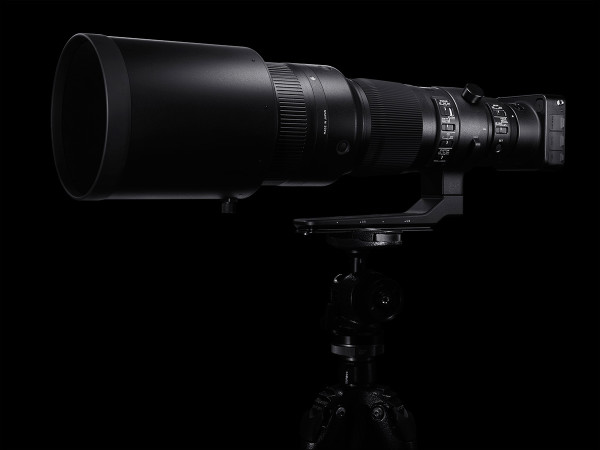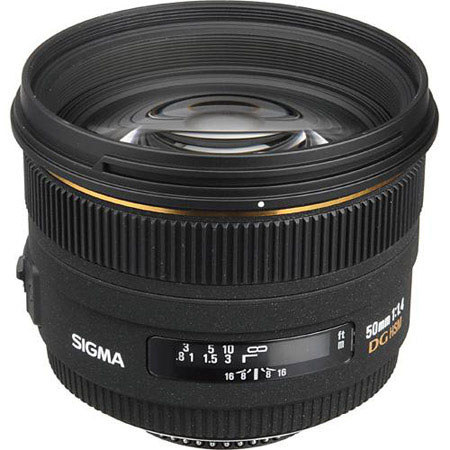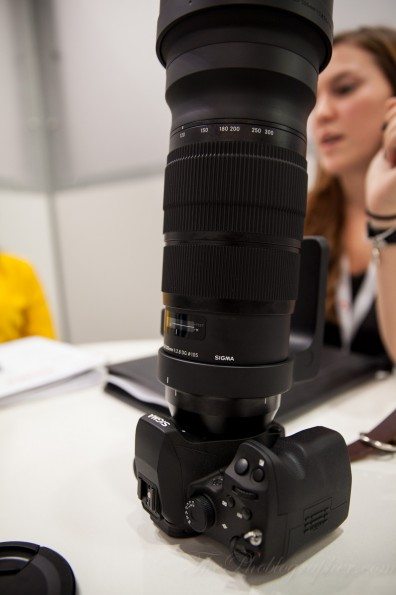

But as the dof at f1.4 is pretty shallow make sure that your focusing capabilities are up to that challenge! If so you can choose from the Zeiss ZF.2 Planar T* 50/1.4 at 600 EUR and the Voigtländer SL II Nokton 58/1.4 at 500 EUR. – Then there are other alternatives if you can do with manually focusing the lens. Sony has the AF 50/1.4 and the AF 50/1.4 ZA SSM.
#Sigma lens 50mm plus
– Canon offers the EF 50/1.4 USM plus the EF 50/1.2L USM (see Gordon’s Canon EF 50mm f1.2L USM review). But from what I’ve seen in other reviews the 50/1.4G seems the better choice (see my Nikon AF-S 50mm f/1.4G review).

There’s also Nikon’s old AF 50/1.4D still on offer and it’s the cheapest of the bunch. – From Nikon there are the AF-S 50/1.4G which is similarly priced to the Sigma or the new and much more expensive 58/1.4G (see my Nikon AF-S 58mm f1.4G review). But if you absolutely want or need f1.4 then you have the following alternatives: The loss of 2/3 of a stop may not be as relevant as the marketing literature is wanting you to believe. The f1.8 versions are definitely worth considering: they are smaller, lighter, cheaper, less obtrusive and often ofter similar – or even superior – image quality than their bigger brothers. There’s no shortage of 50mm lenses on the market, and many camera and lens companies actually offer a choice of apertures too. And if you chose to invest only in one f1.4 lens for your work the combination with 50mm focal length might be your best bet to get a good return on your investment. The much coveted f1.4 aperture is 2/3 of a stop brighter than the cheaper f1.8 models and also gives you a larger blur-circle on all out-of-focus subjects. Of course when you mount a 50mm lens on a APS-C body it delivers a much more portrait-friendly 80mm equivalent. For that type of shot you better get a 85mm lens for your FX body. But mind you: 50mm focal length on a full-frame / FX body is not considered long enough for a flattering perspective in head-shot type portraits. These lenses produce a life-like perspective and natural look when the images are also viewed from a distance that is equivalent to the diagonal of the print/monitor. Normal-lenses have a focal length that is close to the diagonal of the sensor (43mm for a full-frame / FX-sensor).

Its only fault feature-wise is the lack of any sealing against the elements.ĥ0mm is not called a “normal” lens (for full-frame bodies) for no good reason. The score in the “features-department” is 1/8/4. Īperture ring = no, just like all competitors. ĭistance information is relayed to the camera, so the Nikon body can do all the advanced exposure-related stuff with this lens. Nikon’s own allows for three positions so you don’t have to fiddle around until you’ve put it on. Unfortunately the rear lens-cap is of the incredibly dumb designs that can only be screwed on the lens mount in one position. Ĭomes with a nice padded lens pouch (with a belt-loop but no strap), the lens-shade is included, reversible for transport, and the front lens-caps is similar to Nikon’s. Almost any manufacturer offers a 50/1.4 at a similar price.
#Sigma lens 50mm full
Manual-focus override by simply turning the focus ring Ĭovers full frame/FX or smaller = very good ĪF: HSM (hyper sonic motor), so it does work on camera-bodies that don’t have their own AF-drive. Image stabilization: No, same as any other fixed focal lens below 105mm focal length. įilter-thread: 77mm = standard of many pro-lenses. The 50/1.4G also offers 45cm (1.5 ft.) but at a slightly larger magnification of 1:6.7.

Pretty much standard for “normal” lenses. The lens contains one aspheric element while the 50/1.4G had none. This is about standard for “normal” lenses. But the Sigma is still well balanced on a full-frame body. Clearly bulkier than the 50/1.4G at 74 x 54mm but still not too clunky. Most features are compared to Nikon’s AF-S 50/1.4G. I’ve rated the features with a (or ), when it’s better than average or even state of the art, a if it’s standard or just average, and if there’s a disadvantage. As usual I’ll have a look at the technical data first.


 0 kommentar(er)
0 kommentar(er)
